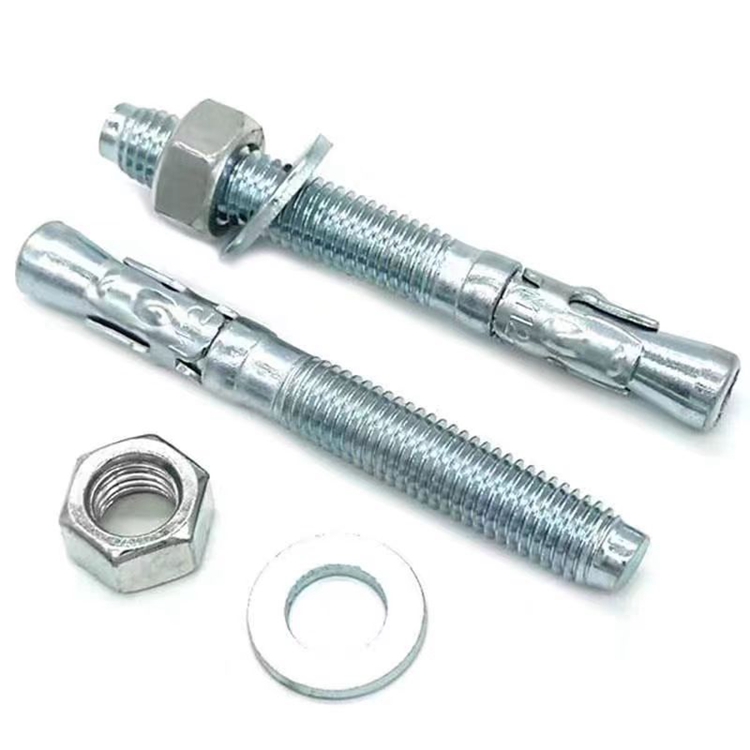stud bolt cap
Ira . 22, 2024 03:48 Back to list
stud bolt cap
Understanding Stud Bolt Caps An Essential Component in Fastening Technology
In the world of fastening technologies, stud bolts play a crucial role in securing components across various industries. However, the effectiveness and reliability of these fasteners greatly depend on the use of appropriate accessories, one of which is the stud bolt cap. This article delves into the significance of stud bolt caps, their functions, and their applications.
Stud bolts are typically used in high-stress environments, such as in the automotive, aerospace, and construction industries. They consist of a cylindrical shaft with threads on both ends, allowing for a reliable connection between two or more components. While stud bolts are engineered to withstand significant tension and shear forces, the addition of a stud bolt cap enhances their performance and longevity.
A stud bolt cap serves several purposes. Primarily, it acts as a protective cover, shielding the exposed threads of the stud bolt from contaminants, moisture, and corrosion. This protective function is particularly vital in outdoor applications or hostile environments where exposure to elements can lead to premature degradation. By preventing the ingress of dirt and moisture, stud bolt caps significantly extend the lifespan of the fastener.
stud bolt cap

Moreover, stud bolt caps offer safety benefits. They can help eliminate sharp edges that could pose injury risks to workers and equipment. In environments where personnel may be in close proximity to fastening points, the use of caps can reduce the chances of accidents, creating a safer workplace.
In addition to their protective and safety features, stud bolt caps can also enhance the aesthetic appearance of a project. In visible applications, such as architectural installations, a well-finished cap can provide a polished look, disguising the raw threads and giving the assembly a more professional finish.
Stud bolt caps are available in various materials, including plastic, metal, and rubber, allowing them to be tailored for specific applications. For instance, rubber caps may offer higher resistance to impact and vibrations, making them suitable for marine or automotive applications where movement is prevalent. Meanwhile, metallic caps may provide additional strength in environments where high loads are anticipated.
In conclusion, stud bolt caps are essential components in the fastening industry, enhancing the performance, safety, and aesthetics of stud bolts. By investing in high-quality caps, industries can ensure their connections remain secure and intact, ultimately leading to increased operational efficiency and longevity of their installations. As technology continues to evolve, the role of fastening accessories like stud bolt caps will only grow in importance, helping to meet the demands of modern engineering challenges.
Latest news
-
Premium Phosphated Drywall Screws Supplier | Durable, Rust-Resistant
NewsAug.27,2025
-
Reliable Wire Bolts Suppliers | Quality Zinc Plated Fasteners
NewsAug.26,2025
-
Wire Bolts Suppliers: Durable & Reliable Fasteners for Every Project
NewsAug.25,2025
-
Premium Cabinet Bolts Supplier | Wholesale & Custom Solutions
NewsAug.24,2025
-
Reliable Axle Nuts Supplier | Quality & Precision Fasteners
NewsAug.23,2025
-
Durable Bolts for Lawn Mower Handle - Top Supplier & Manufacturer
NewsAug.22,2025
